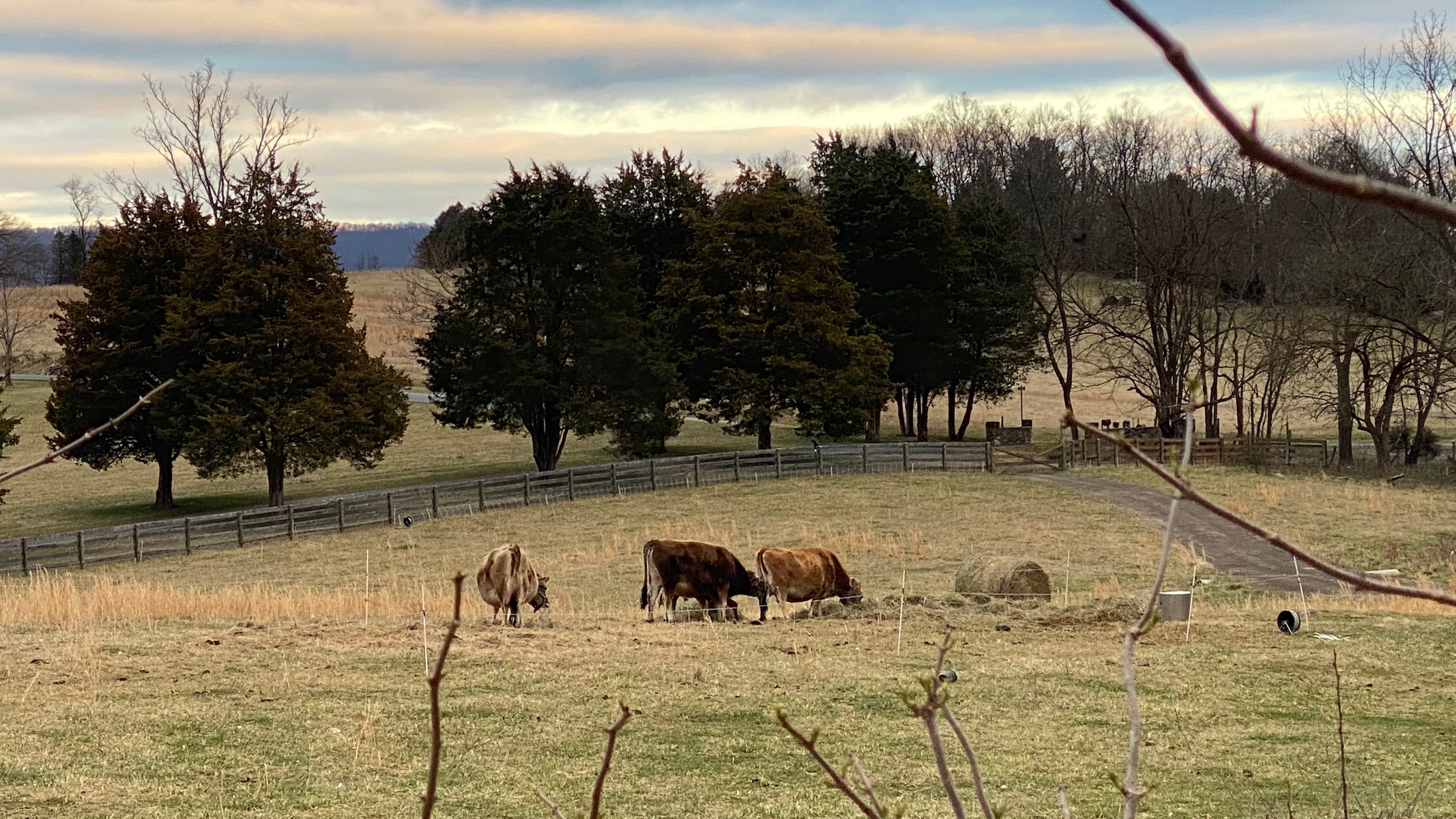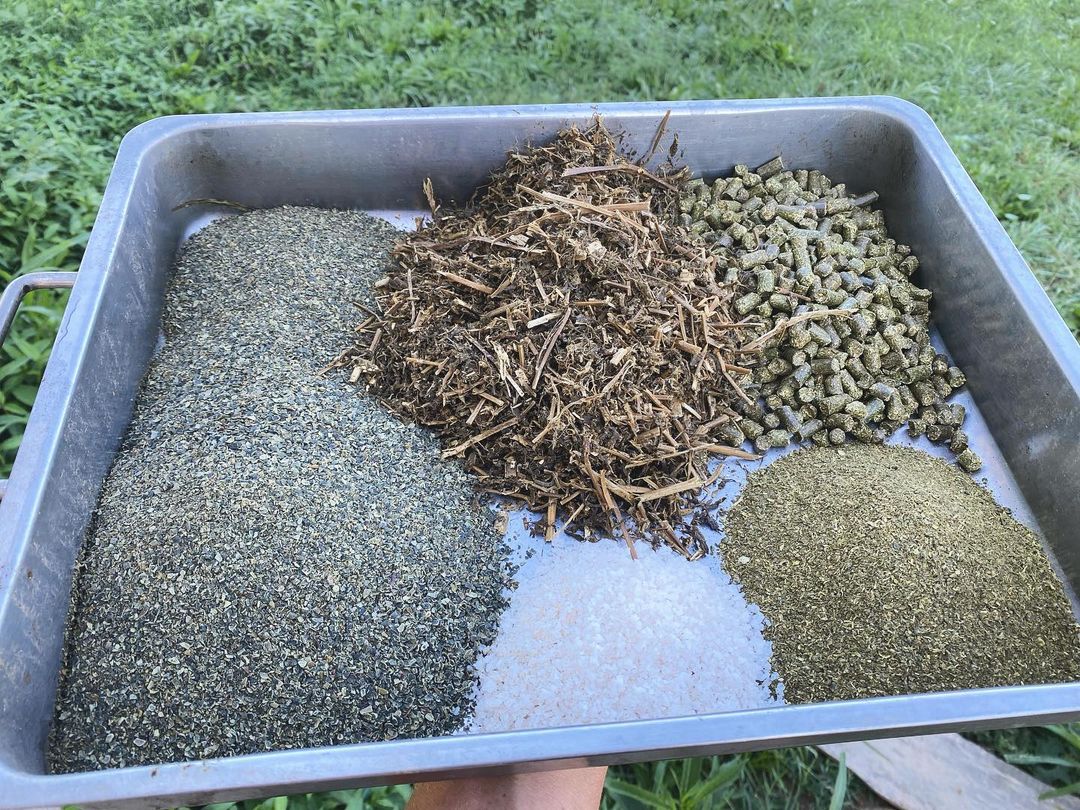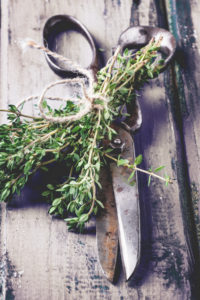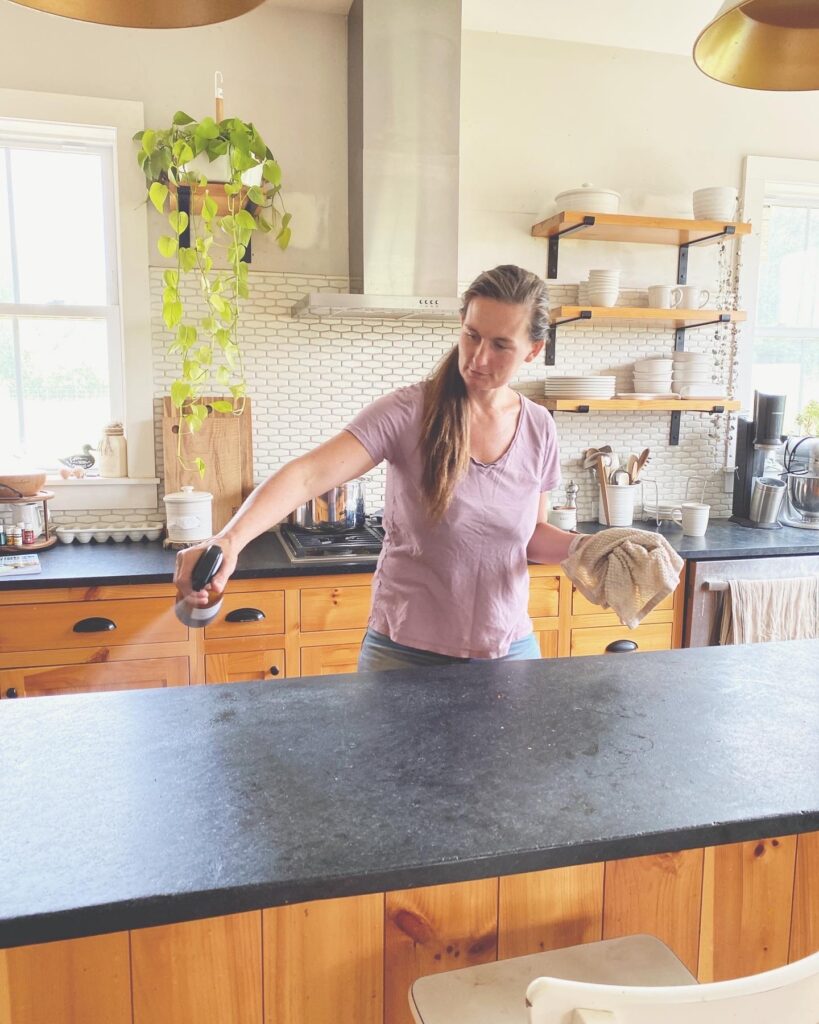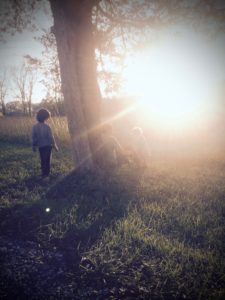
Mint Leaf was bred when she arrived on our farm in July of 2023, and we had our vet do a physical exam to estimate how far along she was. She gave us an estimated due date of Feb. 3, 2024.
This was our first experience with a cow calving in what may be the coldest part of winter, so we prepared and planned ahead for keeping her calf safe and warm. Two weeks before her due date we moved Mint Leaf into a paddock with a mostly closed in shelter. Inside we added lots of hay on the ground for the calf to snuggle into and we purchased a calf jacket to help the calf retain body heat. There are also free choice minerals inside so Mint Leaf can balance her exact mineral needs leading up to and post-calving. Finally we added a solar-powered video camera so that we could easily check on her throughout the night! This as been the most snowy winter in the seven years we’ve been here so we were relieved to have everything set up in advance.
During the two weeks leading up to when we expected Mint Leaf to calve, she began to show the typical signs that calving was near. For example, her udder started to fill in, her “pins” disappeared, her vulva became swollen and wobbly and she had some clear discharge. One night, about a week before she actually calved, she looked like she was pushing when I checked her on the camera but it was just once and nothing more developed. It seemed to be something like how women have preparatory Braxton-Hicks contractions. Soon Mint Leaf’s due date came and went, but we knew we only had an estimate and it could be off by a week or two, so we were not worried.
Then four days after her due date, I had a gut feeling today was going to be the day. It can be challenging to tell which signs are showing that calving is near vs. imminent but I think I’ve started to pick up on subtle differences that seem to hold true for all our cows. On the day of calving, they have a different waddle to the way they walk (see the video above), and their udders go from very full to swollen with edema (see the photos below, the distinction between the quarters becomes less visible and the teats look smaller). I also see that they are on their feet more, and just seem slightly restless. Though still eating, they aren’t laying around placidly chewing their cud all day long – even before the first visible contraction.


I checked on Mint Leaf throughout the day, and saw her first contraction at 5:02pm. She had a handful of contractions throughout the next couple of hours. I went inside to take a break from watching and make dinner for my family, but after just 5 minutes I had a feeling I needed to check on her, so I pulled up the camera and at 6:55 her water broke.
The children were all very excited since they had not yet seen a calf born and came outside to watch (so far our other calves have all been born while they were sleeping). The calf’s hooves emerged at 7:35pm, but after a few minutes it was apparent that the presence of the children was making Mint Leaf nervous so they went inside to watch through the camera while I stayed with her. At the same time Mint Leaf’s owners were able to watch their calf being born live since we have the camera connected to our internet. We’ve been so impressed with these cameras, at night they have tiny red dots of light that you can’t see lighting anything but they allow the camera to pick up so much!

The calf’s hooves slipped back in between contractions for four contractions in a row, which is not necessarily a problem, but if there is no further progress for an extended period of time it could mean the calf’s head is not positioned properly.
After those four contractions Mint Leaf looked like she needed a break. She laid down at 7:48 to rest and after a moment nudged me to scratch her. Usually I find our cows love being scratched on their necks best, but at that time she only wanted scratches on top of her face. At 7:50 she started pushing again while laying down, and this time the hooves were followed by the calf’s head and shoulders.
I thought she’d have one more contraction for the rests of the calf’s body to emerge but instead she stood up, the calf slipped right out with the pull of gravity and Mint Leaf began talking to her and licking her. I looked the calf over while giving mama a little bit of space to do what comes naturally to her.
As you can see in the video above the calf was not moving very much at first but her eyes were alert and she was breathing well. The first movements are uncoordinated but very quickly she figures out how to tuck her legs under herself. After letting Mint Leaf clean her for several minutes I carried the calf into the shelter to get her off of the cold ground and onto the hay. We helped dry her a little more and after she had figured out how to get up on her feet and walk we put the calf jacket on her to keep her warm.
She was walking in less than an hour after her birth and I helped her to nurse for the first time shortly after that. I checked on her several times throughout her first night to make sure she was getting colostrum and was warm. Here she is her first morning after a very successful first night and later in the day with the warm afternoon sun on her!









